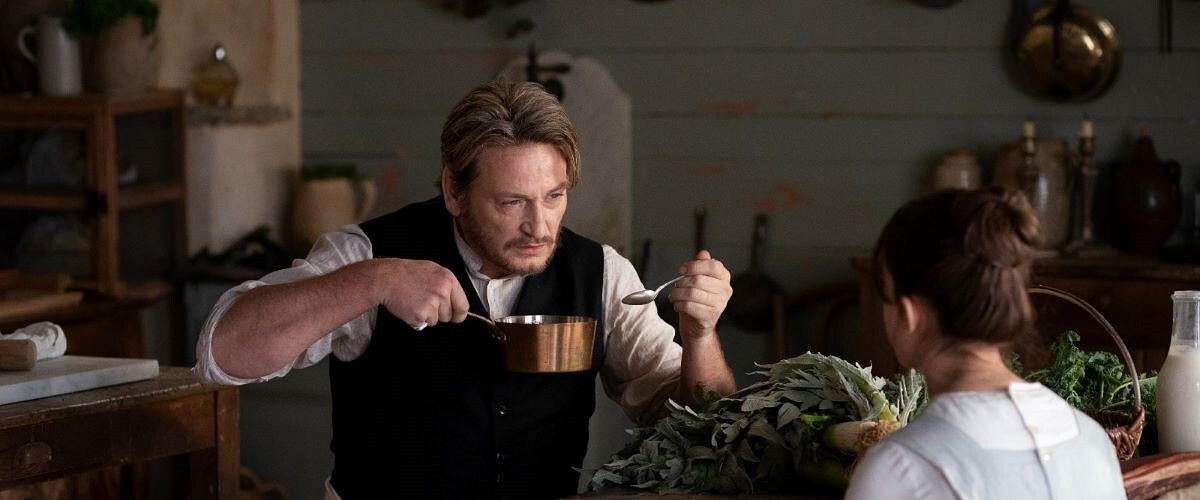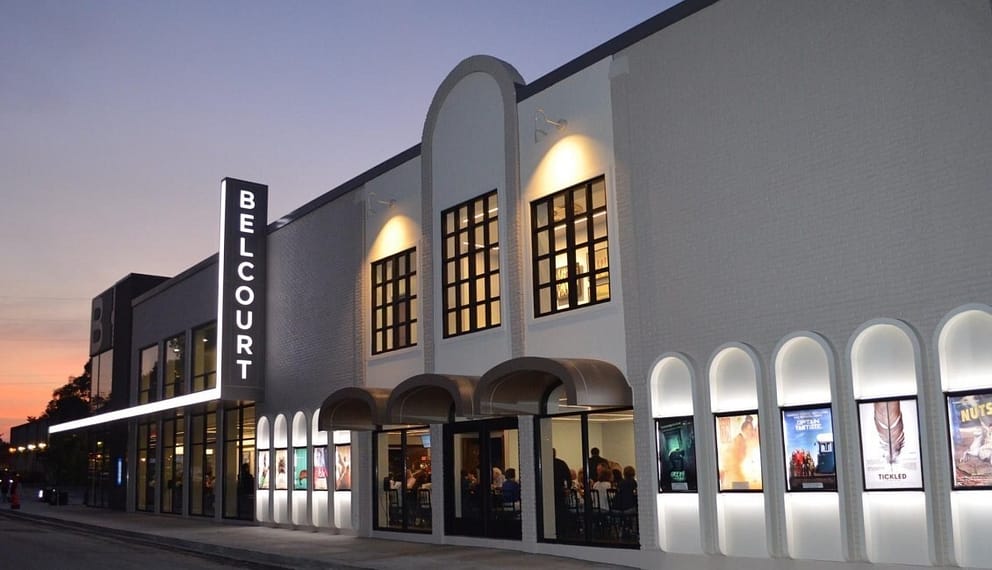The Taste of Things
The Belcourt Theater
Nashville
3/5/24
Showing up hungry to a movie called The Taste of Things was both unintentional and a mistake — salvageable only through a trip to the concessions stand. Despite running a little late, I made remedying this a priority and got myself a large popcorn and a local craft draft of Jackalope Brewing Company’s Bearwalker beer before entering what ended up being a very intimate and very full theater. I was left with no choice but to sit in the front row and devour every mouthwatering visual the film had to offer from only a few feet away.
Upon arriving at the Belcourt Theater, which I’ve heard numerous mentions of since moving to town but never visited myself, I really only had one other independent movie theater experience under my belt, which was the Nighthawk in Brooklyn, N.Y. Compared to the boutique, borderline pandering nightlife feel of that experience, the Belcourt Theater felt almost academic upon entering. I would have even believed it was an extension of one of the nearby universities. The reality, however, is that it is merely a true artistic institution that has withstood the test of time as Nashville’s only nonprofit film center.
Because of this, the Belcourt carries a no-frills air of permanence that enables the viewer to focus solely on the film — which especially when seeing something as sensory driven as The Taste of Things, was very welcome. Directed by Trân Anh Hùng, the film explores the romance of cooks Eugenié and Dodin in 19th-century France through food. It’s more than the average period romance piece, however. Dialogue and physical intimacy are light over the course of the 135 minute film, and any talking that does make it into the film mostly comes in the form of pointed and consequential lines masquerading as commentary about food and cooking. Romance and plot development are communicated through 20-minute-plus-long scenes of food: the harvesting of food, the intricate preparation of it, the presentation of the meal, the grunts of satisfaction and fullness caused by it, the commentary on the taste and texture of it, etc. No stone is left unturned in using food as a leading actor. As the male lead states, a menu tells a story.
Beyond food, or perhaps in the service of, the film also uses light and sound as primary storytelling tools. If any readers are familiar with the internet phenomenon of ASMR (autonomous sensory meridian response), one could compare the sound design of The Taste of Things to any of the many ASMR videos on Youtube. The sounds of knives cutting onions, lettuce ripping, salt being ground, meat hitting the pan with a sizzle, and so on, take up all of the auditory space during the food scenes and beyond and tease the senses. At the same time, the stunning visuals are executed with warm glowing light and movement. The film lacks a single dreary scene, even after the (spoiler alert) female lead’s death, with joy, hope, and gratitude as the primary takeaways.
I would not describe this as a silent film because again, all of the foley work was essential to the storytelling. However, it has some elements of that style with the lack of excessive dialogue and heavy reliance on body language and facial expressions. Because of this, it felt very fitting to learn that the Belcourt Theater started off as a silent movie theater in 1925 with a Kimball organ and Nashville’s largest stage. (Unfortunately, I didn’t get to see this historic area of the theater because there was a fundraising event.) It was even home to the Grand Ole Opry for two years in the 1930s.
All of the history feels fitting to the feel of the space because it is clear that housing art is at the bones of the theater, which became the organization it is now in 1999. Not that a space can’t be effectively repurposed, but this theater knows its mission: to present film. Unlike the big chain theaters that make up the rest of Nashville’s movie options, it’s not trying to appeal to tourists or attract the masses with blockbusters. It is a well-curated film center, take it or leave it — and with the heavy support from the arts community in Nashville, people take it gladly.







